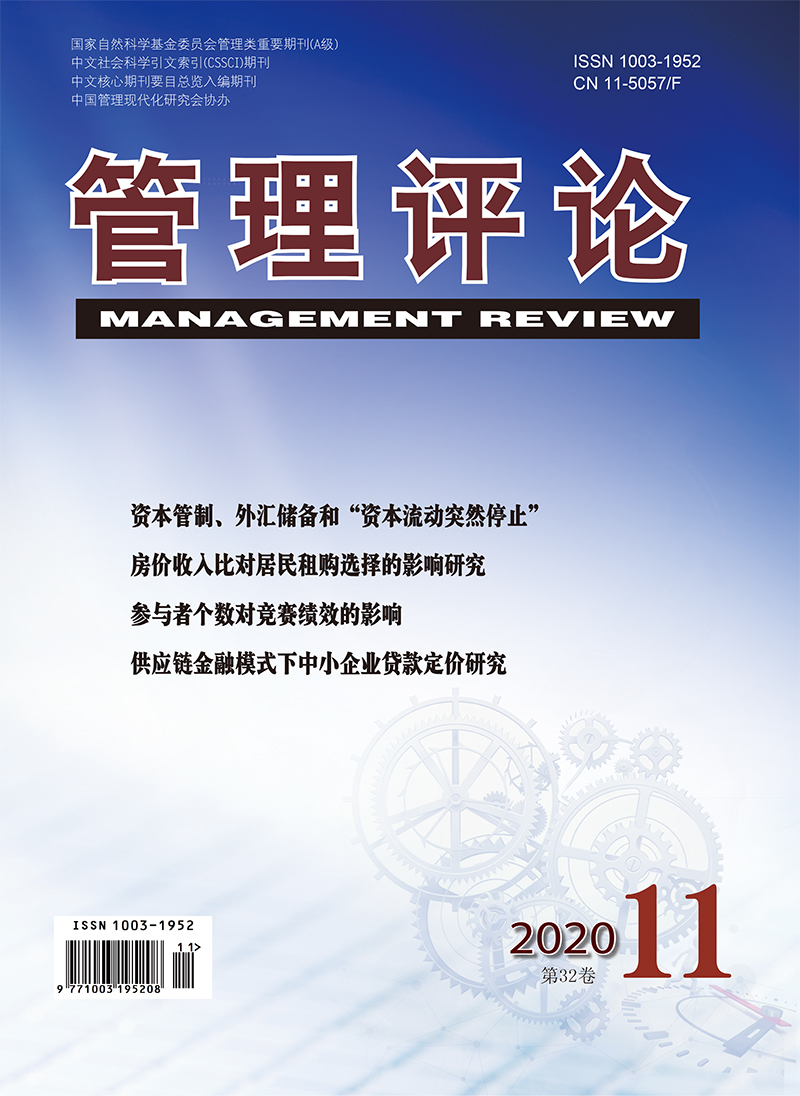|
|
Research on the Influence of Servant Leadership on the New Generation Employees' Work Passion
Li Yan, Ge Xinquan
2020, 32 (11):
220-232.
With the arriving of the era of VUCA (volatile, uncertain, complex, ambiguous), the external environment of the enterprise has changed dramatically, and the individuals in the organization and their initiative and creativity have become the core elements. Meanwhile, the new generation employees, mainly those born in the 1980s and 1990s, have become the main force in various fields. When the organization faces both the external environment of VUCA and the employees of new generation within the organization, the challenges of human resource management in Chinese enterprises are fierce and complex. The new generation employees have unique characteristics of the era in such aspects as career development goals, personality preferences and work attitudes, especially in terms of work values and sources of work passion. The traditional leadership behavior patterns are facing challenges. In view of this, in this study, a sample of questionnaire survey with 458 employees of large multinational companies in China, the relationships between servant leadership style, work passion, as well as person-organization fit in management have been studied, the results showed: (1) Based on social cognitive theory analysis, servant leadership is positively related to the working passion of new generation employees; (2) Based on the analysis of social information processing theory, person-organization fit plays an intermediary role. The above research results fill the theoretical gap of the influence of servant leadership on the work passion of the new generation employees, and have practical significance and application value on how to stimulate the work passion of the new generation employees by improving the leadership style in daily management.
References |
Related Articles |
Metrics
|

